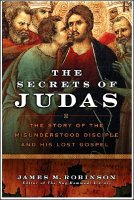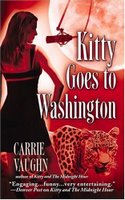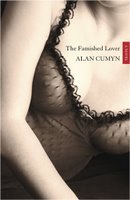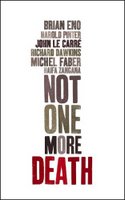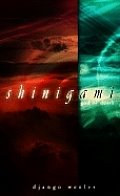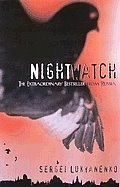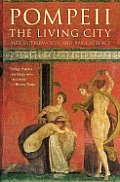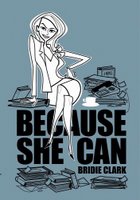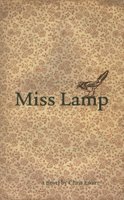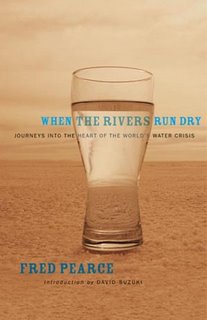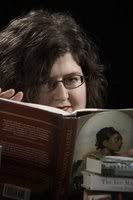 We all work from lists: to do lists; the books you’d take with you to a desert island; the criteria for a perfect mate. In The List: a Love Story in 781 Chapters, Aneva Stout has taken the novel, distilled it to its essentials, and the result is this quirky novel of love, dating and the humour that can be found in male/female interactions.
We all work from lists: to do lists; the books you’d take with you to a desert island; the criteria for a perfect mate. In The List: a Love Story in 781 Chapters, Aneva Stout has taken the novel, distilled it to its essentials, and the result is this quirky novel of love, dating and the humour that can be found in male/female interactions.258. You'll write a poem for your lover.
259. Your lover will write a poem for you.
260. You'll think he's e.e. cummings.
261. He'll play the guitar for you.
262. You'll think there's no end to the man's talents.
263. He'll get dressed in the morning.
264. You'll think there's no end to the man's talents.
265. You'll love the way he shaves.
266. You'll love the way he eats.
267. You'll love the way he drives.
a. This will be the first to go.
Stout has perfectly captured the heady rush of infatuation, where everything your boyfriend does is miraculous and perfect. The List caused numerous outbursts of laughter and two segments where I had to quickly call up a girlfriend to read her a funny bit and say, "isn't that so true?"
This slender volume may be short on words but the veracity of what is there is sure to delight most women, who will find reflections of past relationships and themselves within its pages. By addressing the “chapters” to you, Stout has invited women to cast themselves as the heroine of this condensed tale.
I completed The List in just under an hour (including the time to call my friend twice) and, while it may not be the most original plot, it is a book that has already been passed to another girlfriend as a “must-read,” always the hallmark of an entertaining read. I expect to see its fuchsia cover on many beaches this summer for The List is the ultimate summer read.
Hint: If you think you might want to keep this for coffee-table reading, you may want to buy your girlfriend a copy of her own. You probably won't get yours back - she's sure to lend it to someone else.
Aneva Stout trained as a ballet dancer before attending Loyola University, where she studied writing. She is the mother of a teenage daughter and lives in Evanston, Illinois, where she works as a waitress. The List is her first novel.
The List: a Love Story in 781 Chapters by Aneva Stout
Workman Publishing
ISBN10: 0761142169
ISBN13: 9780761142164
tags: books book reviews The List: a Love Story in 781 Chapters Aneva Stout Chick Lit

